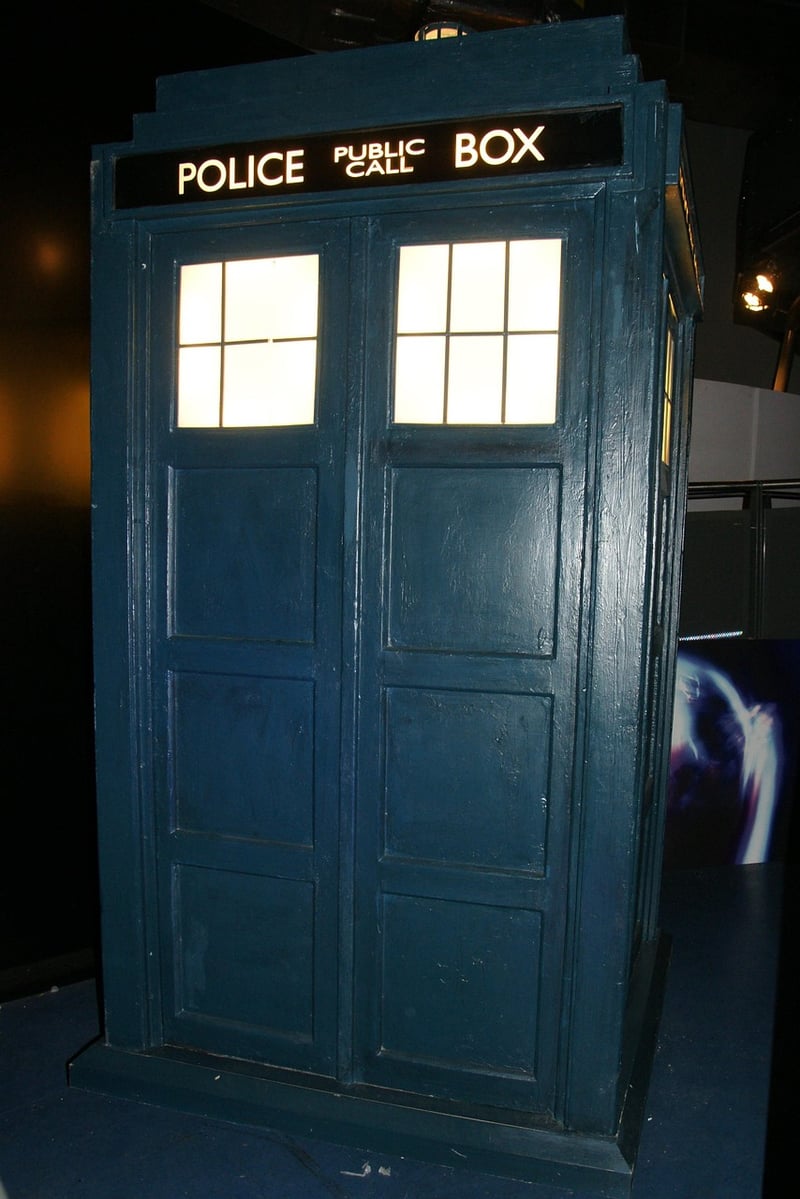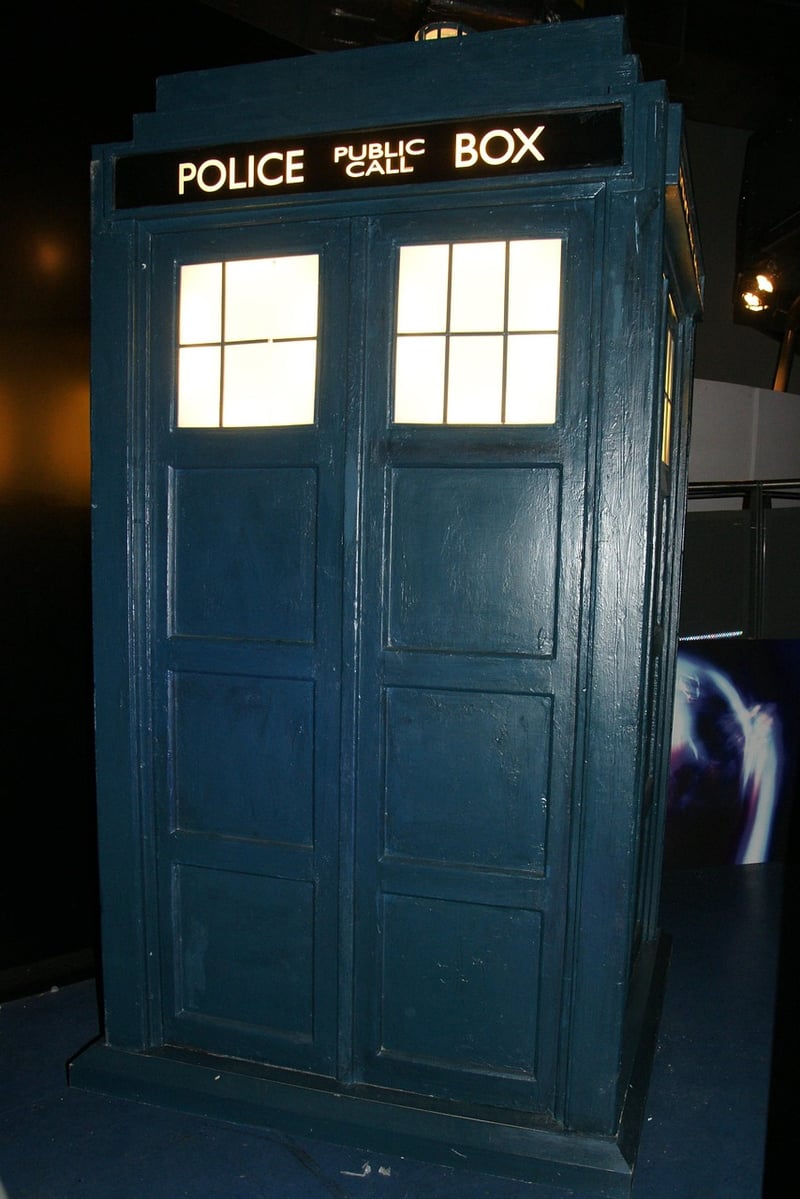TARDIS
The Different Modes of Time Travel and the TARDIS
Time travel has been a fascinating concept in science fiction for many years, allowing characters to journey to the past, future, or alternate timelines. While there are various modes of time travel depicted in movies, TV shows, and books, one of the most iconic time machines in popular culture is the TARDIS.
1. Time Machines
Time machines are devices that enable travel through time. They can take many forms, such as vehicles, portals, or devices worn by characters. Some time machines require advanced technology or special powers to operate.
Examples of Time Machines:
- DeLorean Time Machine: Featured in the "Back to the Future" movie series, this iconic car equipped with a flux capacitor can travel through time when it reaches 88 miles per hour.
- Time-Turner: From the "Harry Potter" series, this magical device allows the user to travel back in time by a few hours.
2. Wormholes
Wormholes are theoretical passages through space-time that could create shortcuts for long journeys across the universe or even through time. They are often used in science fiction as a means of time travel.
3. TARDIS
The TARDIS (Time And Relative Dimension In Space) is a time machine and spacecraft in the British TV series "Doctor Who." It appears as a blue British police box on the outside but is much larger on the inside, with advanced technology that allows the Doctor to travel through time and space.

The TARDIS is a sentient and versatile time machine that can blend into any environment. It has become an iconic symbol of the "Doctor Who" series and is beloved by fans worldwide.
Key Features of the TARDIS:
- Dimensionally transcendental: Bigger on the inside than the outside.
- Can travel to any point in time and space.
- Camouflages itself to fit its surroundings.
- Responsive to the Doctor's commands and able to communicate.
Whether it's through time machines, wormholes, or the TARDIS, the concept of time travel continues to captivate audiences and inspire creative storytelling in various forms of media.
